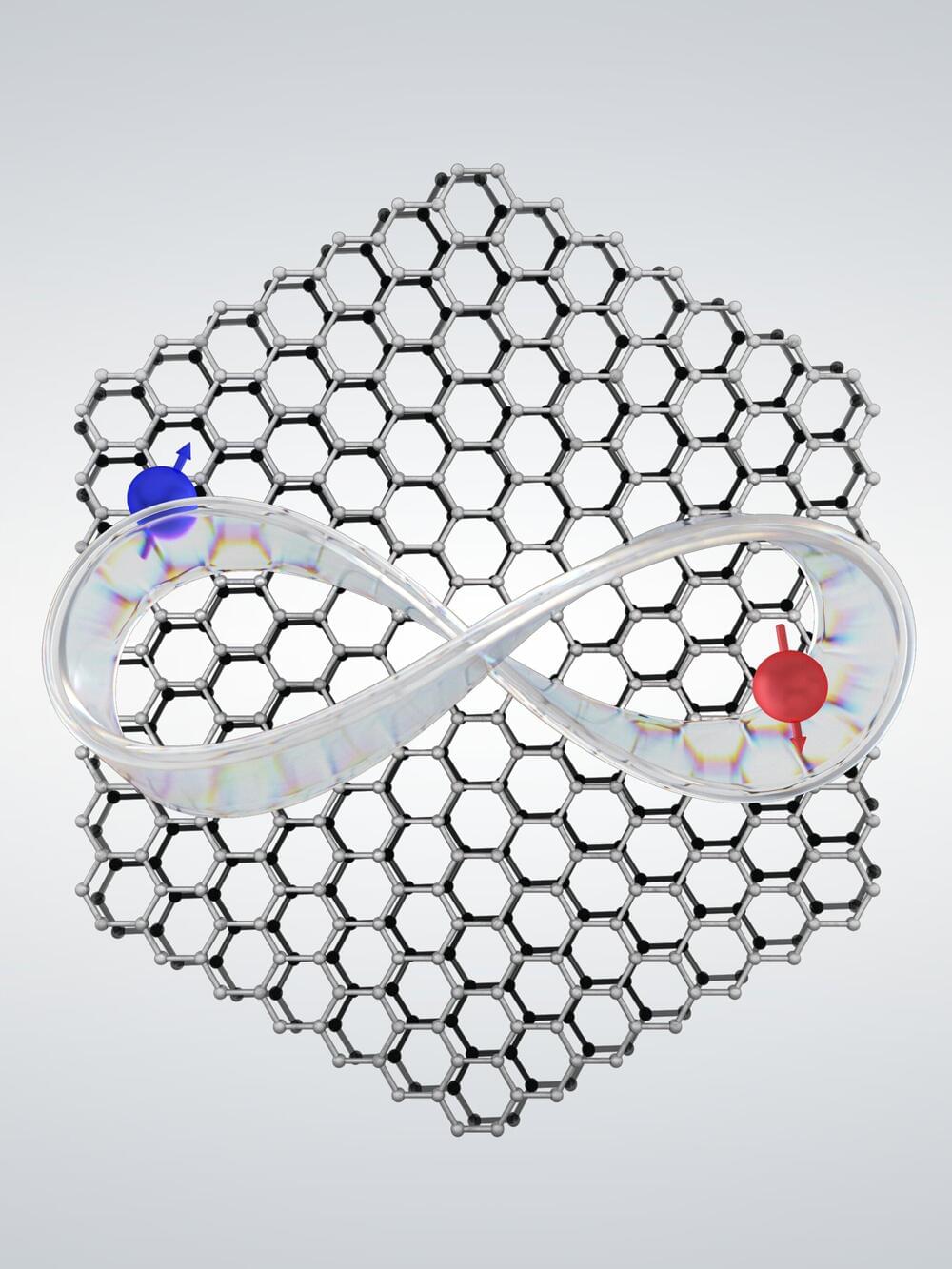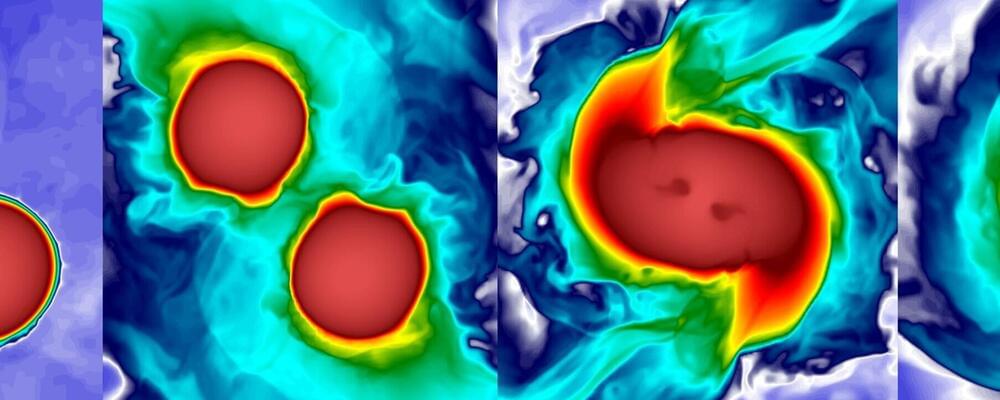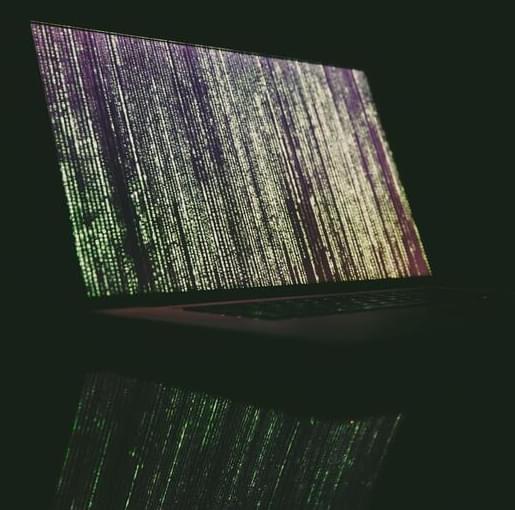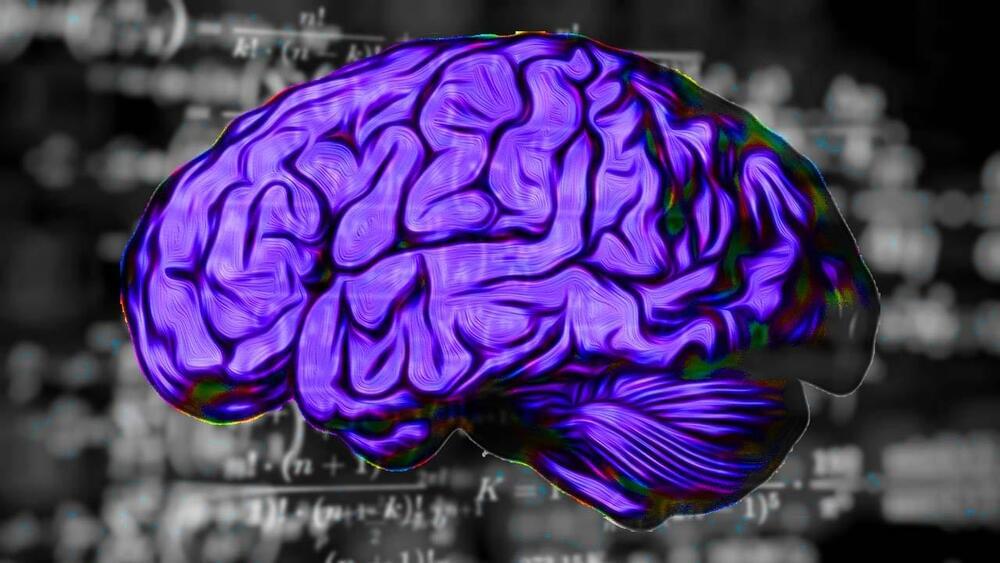A new review paper on magnetic topological materials introduces a theoretical concept that interweaves magnetism and topology. It identifies and surveys potential new magnetic topological materials and suggests possible future applications in spin and quantum electronics and as materials for efficient energy conversion.
Magnetic topological materials represent a class of compounds whose properties are strongly influenced by the topology of the electronic wavefunctions coupled with their spin configuration. Topology is a simple concept dealing with the surfaces of objects. The topology of a mathematical structure is identical if it is preserved under continuous deformation. A pancake has the same topology as a cube, a donut as a coffee cup, and a pretzel as a board with three holes. Adding spin offers additional structure—a new degree of freedom—for the realization of new states of matter that are not known in non-magnetic materials. Magnetic topological materials can support chiral channels of electrons and spins, and can be used for an array of applications including information storage, control of dissipationless spin and charge transport, and giant responses under external stimuli such as temperature and light.
The review summarizes the theoretical and experimental progress achieved in the field of magnetic topological materials beginning with the theoretical prediction of the quantum anomalous Hall effect without Landau levels, leading to recent discoveries of magnetic Weyl semimetals and antiferromagnetic topological insulators. It also outlines recent tabulations of all magnetic symmetry group representations and topology. As a result, all known magnetic materials—including future discoveries—can be fully characterized by their topological properties. The identification of materials for a specific technological application (e.g., quantum anomalous Hall) is straightforward.







